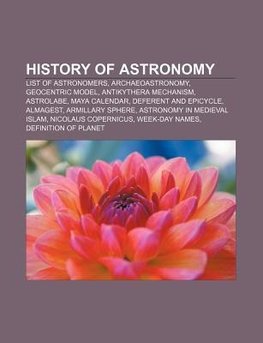
History of astronomy
Source: Wikipedia. Pages: 263. Chapters: List of astronomers, Archaeoastronomy, Geocentric model, Antikythera mechanism, Astrolabe, Maya calendar, Deferent and epicycle, Almagest, Armillary sphere, Astronomy in medieval Islam, Nicolaus Copernicus, Week-day... Viac o knihe
Produkt je dočasne nedostupný
45.14 €
bežná cena: 51.30 €
O knihe
Source: Wikipedia. Pages: 263. Chapters: List of astronomers, Archaeoastronomy, Geocentric model, Antikythera mechanism, Astrolabe, Maya calendar, Deferent and epicycle, Almagest, Armillary sphere, Astronomy in medieval Islam, Nicolaus Copernicus, Week-day names, Definition of planet, Galileo affair, Planets in astrology, History of Mars observation, History of the telescope, Heliocentrism, Nebular hypothesis, Spherical Earth, IAU definition of planet, History of astrology, Indian astronomy, Kerala school of astronomy and mathematics, Chinese astronomy, History of Solar System formation and evolution hypotheses, Discovery of Neptune, History of supernova observation, Celestial spheres, Astronomical clock, Timeline of astronomy, History of gamma-ray burst research, Madhava series, Greek astronomy, Hebrew astronomy, Copernican heliocentrism, De revolutionibus orbium coelestium, Dynamics of the celestial spheres, Classical planet, Dialogue Concerning the Two Chief World Systems, Other moons of Earth, Carte du Ciel, History of the Big Bang theory, Welteislehre, Egyptian astronomy, Astronomische Nachrichten, Australian Aboriginal astronomy, Cornelius Gemma, Astronomia nova, Astrology and astronomy, Jacob's staff, Lost lands, Prague Astronomical Clock, Firmament, Aerial telescope, Govinda Bhattathiri, Tychonic system, Candravakyas, Astronomical complex, Copernican Revolution, Christian O'Brien, Ptolemy's table of chords, Solar symbol, Great Year, Ganita-yukti-bhasa, Hellenistic astrology, Phaeton, Fixed stars, Out of the Ordinary Festival, Sextant, Haridatta, Wandlebury Enigma, Portingbury Hills, The Great Debate, Venvaroha, Jyotirmimamsa, Helisaeus Roeslin, Galactocentrism, Mural instrument, The Man in the Moone, Fifth planet, Harmonices Mundi, Callippic cycle, Pole Hill, The Assayer, Treatise on the Astrolabe, Classical planets in Western alchemy, Mysterium Cosmographicum, Astrarium, List of women astronomers, History of the constellations, Somnium, Musica universalis, Equatorium, Sidera Lodoicea, Cheonsang Yeolcha Bunyajido, Astronomy and religion, Trepidation, Gerald J. Toomer, Equant, Astronomical rings, Pretelescopic astronomy, Historical astronomy, Cracovian, Triquetrum, A Passage to Infinity, Filar micrometer, Hipparchic cycle, Luminary, Empyrean, Manuel Dias, Tibetan astronomy, Personal equation, Honcheonsigye, Primum Mobile, Savilian Professor of Astronomy, Sublunary sphere, Shadow square, Cultural astronomy, Inuit astronomy, Scaphe, Regiment of the North Pole. Excerpt: Islamic astronomy or Arabic astronomy comprises the astronomical developments made in the Islamic world, particularly during the Islamic Golden Age (8th-15th centuries), and mostly written in the Arabic language. These developments mostly took place in the Middle East, Central Asia, Al-Andalus, and North Africa, and later in the Far East and India. It closely parallels the genesis of other Islamic sciences in its assimilation of foreign material and the amalgamation of the disparate elements of that material to create a science with Islamic characteristics. These included Sassanid, Hellenistic and Indian works in particular, which were translated and built upon. In turn, Islamic astronomy later had a significant influence on Indian, Byzantine and European astronomy (see Latin translations of the 12th century) as well as Chinese astronomy and Malian astronomy. A significant number of stars in the sky, such as Aldebaran and Altair, and astronomical terms such as alhida...
- Vydavateľstvo: Books LLC, Reference Series
- Formát: Paperback
- Jazyk:
- ISBN: 9781156951293


 Anglický jazyk
Anglický jazyk 
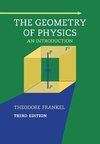
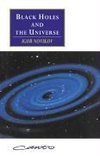
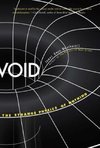



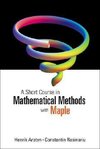
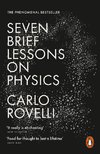


 Nemecký jazyk
Nemecký jazyk